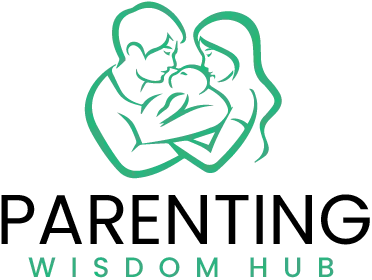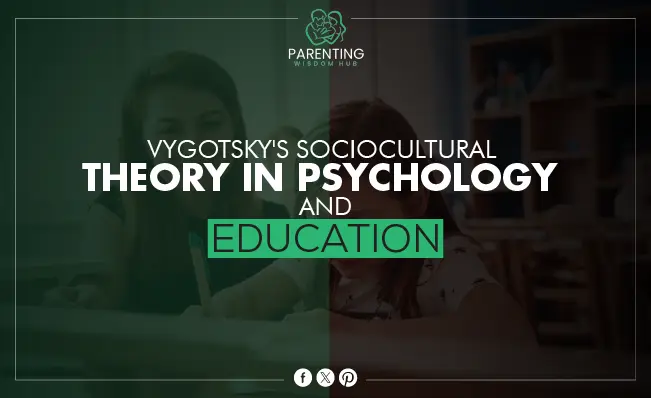Lev Vygotsky’s Sociocultural Theory is a big, colorful part of the huge fabric of psychological theories. It ties together social, cultural, and political factors with how people grow and develop. His ideas have had an impact on more than just psychology. They have also had an impact on schooling and cognitive science. Vygotsky’s ideas continue to make us think and change the way we think about how knowledge forms in the mind. He was inspired by the idea that the world and social interactions play important roles in brain growth. This book goes into great detail about Vygotsky’s theory, explains its main ideas, and thinks about how it has affected people over time.
The Origins of Sociocultural Theory
Vygotsky’s theory came about at the beginning of the 20th century, a time when psychology was changing quickly and new ideas were being explored. It was very different from the separate models of the mind that Piaget and Skinner had suggested before. Marxism and the Russian Revolution had an effect on Vygotsky. He saw that focusing on individual growth within groups could lead to growth for society as a whole. He had a background in law, writing, and psychology, which helped him build a strong interdisciplinary approach.
When Vygotsky put these ideas together, he came up with a theory that said brain growth happens through social relationships. Despite this, his unexpected death meant that he never got to fully develop and explain his theories to their fullest. However, many experts have continued his work because they saw how important his ideas could be.

Central Vigilance on the Zone of Proximal Development (ZPD)
With the ZPD, you can see the range of levels between where a student is now and where someone who knows more, like a teacher or a more skilled friend, can help them get to. What this means is the difference between what a student can do on their own and what they can do with help.
Vygotsky said that the ZPD should be the goal of learning because it has important tasks without being too much. The most important brain growth happens in this area of schoolwork, so it can be used as a basis for individualised teaching and the best learning.
Scaffolding: The Support Structure of Learning
Scaffolding is when a teacher helps a student just when they need it and removes the help as the student masters a skill. This stage-based help is important to Vygotsky’s theory because it ensures that students can do well in their ZPD and improve beyond what they can do now.
Educators help students learn by giving them direct teaching, guided practice, and group work, and they do this in a way that fits each student’s needs. It is important to have this idea of support not only when teaching kids but also when teaching adults because it helps them keep growing and learning new things.
Cultural Tools Shaping Mental Functions
Vygotsky thought that a person’s biology does not completely decide how they think and learn. Instead, the tools, symbols, and cultural items in a person’s surroundings play a big role. Language, writing, number systems, and other cultural artefacts are like “tools” that help kids learn and are passed down from generation to generation. When they use cultural tools, people internalise knowledge from outside sources, which changes the way their minds work. This process, which Vygotsky calls “internalisation”, is very important to his theory and has big effects on how society can help people grow intellectually.
Interplay of Social and Psychological Development
Language’s Pivotal Role
Vygotsky said that language is the most important cultural tool and that it shapes our thoughts. He said that language not only helps kids talk to each other, but it also helps them think about things in big, general ways. By having social conversations, younger students can figure out complicated social ideas and behaviours, which helps them learn more.
Vygotsky’s account of the “private speech” that young children often use—that is, speech that is meant only for themselves—is a powerful example of how language and brain development are connected. This stage of growth can be seen as a step towards inner speech or thought. It shows that the child is getting better at planning tasks and solving problems on the inside.
Play and Mind Development
Vygotsky thought that play was an important place for growth and a good way for kids to learn about their skills in the ZPD. Though it might be outside of their normal behaviour, kids often do things during play that are just outside of what they can do without help.
Vygotsky came up with the word “higher mental functions,” which include remembering, thinking, understanding, and reasoning. He also said that these skills may have started in play. Incorporating the ideas of fun and freedom with planned learning experiences is what this way of playing can be used to start useful educational methods.
Cultural Influences and Developmental Trajectories
In every society, there is a set of rules, beliefs, and behaviours that everyone should follow. This cultural environment affects not only how people act in public, but also how they think and feel inside. So, Vygotsky’s theory shows how important it is to look at growth in the framework of culture, since the way people grow and change can be different in different cultures.
Because he focuses on the social and cultural aspects of brain development, it is important to know how learning and behaviour are different in different cultures. This motivates experts and teachers to consider these differences when creating lessons and tests so that education is truly tailored to each person and their cultural situation.

Educational Implications and Contemporary Relevance
The area of education has changed a lot because of Vygotsky’s idea. It pushed for a change from the usual “one size fits all” plan and for a more lively, hands-on way of teaching. This method is based on the idea that people learn best when they are with other people. It promotes group, conversational learning that uses the ZPD and building concepts.
Voyager’s ideas may be more useful now than ever, with all the digital learning tools and massive open online classes (MOOCs) available. These tools can help and guide students in ways that have never been possible before, and this could completely change the way education is given.
Technology as a Modern-Day Cultural Tool
Vygotsky’s idea of cultural tools takes on new meanings in the digital age. Software, platforms, and quick messaging have made technology a strong cultural tool that can change the way people think and act. When educational technology is made with Vygotskian ideas in mind, it can help students all over the world by giving them ppersonalizedand appropriate help.
The Continuous Evolution of Learning Environments
Vygotsky’s work also shows how learning settings change over time. It laid the groundwork for seeing schools as places where people can meet and learn from each other. Vygotsky’s ideas are closely related to modern teaching, which emphasises student-centred learning that promotes active involvement, group work, and problem-solving.

Vygotsky’s Sociocultural Theory in Research and Beyond
The theory has implications for understanding how people think and learn throughout their whole lives, not just in the fields of psychology and education. It has had an impact on many areas, including anthropology, sociology, and even artificial intelligence, by giving us a way to look at how the mind works in relation to society as a whole.
Applications in Clinical Psychology
In the field of psychological psychology, the ZPD and support ideas have been used to help both kids and adults get better. Therapists try to meet their clients where they are in their functioning and give them the help they need for good change to happen. In this way, Vygotsky’s ideas apply to mental health and offer new ways to do therapy treatments.
Cross-Cultural Understanding and Policy Development
When it comes to making policy, Vygotsky’s focus on cultural setting brings up important questions about whether or not educational and psychological methods are the same for everyone. It needs a complex method that takes into account the different wants and ideals of each culture. Vygotskian theory has an impact on research and policies that try to close culture gaps and improve fairness in education and growth.
Conclusion: Vygotsky’s Legacy and Future Directions
Vygotsky’s Sociocultural Theory is still a great example of how contact, education, and human potential can change things. His work makes us think about how the growth of a group affects the growth of a person. It also opens up new areas of study and practical use.
The social parts of Vygotsky’s theory are more important than ever as the world becomes more connected and the digital change continues. Vygotsky’s view is interesting because it shows how individual and group growth are linked. This is important as we continue to figure out how humans think and learn. It pushes us to create learning spaces that show how culture, teamwork, and intellectual growth all work together.
Looking into Vygotsky’s ideas can help anyone interested in learning, psychology, or human growth understand it in a more active way. Not only do his ideas give us useful information about the past, but they also show us the way to a more open and effective way to promote learning and growth.


